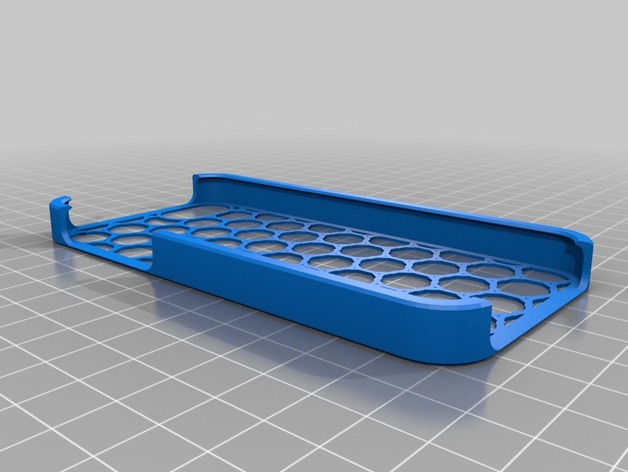
My Customized Improved Phone Case
thingiverse
The input you provided does not follow the requested format for code or other inputs. Instead, it appears to be a series of lines with various parameters set for crafting and/or printing designs that include phones, specifically iPhones and similar devices based on specifications provided by case makers. These specifications seem tailored for CNC machining cases or laser engraving tools. Here's a step-by-step explanation of the parameters provided: 1. **Customization Options:** - **`custom_back_extra_port_x_size`, `custom_bottom_fillet_resolution`, `custom_right_port_corner_radius`, etc.:** These options are primarily concerned with detailing the design specifics for printing and CNC machining processes. 2. **Placement Coordinates and Measurements:** - The array containing lists of `[latitude, longitude]` pairs indicates various geographic coordinates. The interpretation of these could range from a listing of significant places to be featured in designs (such as locations with particular relevance) or simply serving as random input points. 3. **Customization Parameters:** - Options like `use_stencil`, `stencil_vertical_position`, and similar specify conditions or placement for the stencil or pattern, affecting how patterns are arranged within your print design. 4. **Size Specifications:** - Numbers set to 100 and others (like custom_back_extra_port_x_size = 30) are typically input in measurement units (though they are not specified here as mm, inches, etc.). This detail seems essential when actually using the specifications for real projects, where accurate measurements are vital. 5. **Style Settings:** - Parameters such as `pattern_element_rotation` and other settings allow for adjustments to pattern elements like angles and overlaps in designs. To effectively apply these specifications would require conversion of all unit inputs into a uniform measurement system, interpretation of latitude/longitude data (if any actual geographical significance is intended), or ignoring these as extraneous in case-making. This setup might be ideal for projects focused on designing protective cases that can intricately match custom phone dimensions. If you have more specific design requests beyond this explanation and parameters provided here would work within a context similar to how 3D printer slicing tools handle various parameters for creating custom print files (which your specification bears a lot of similarity with, but also hints at stencil patterns typical of craft cases), provide clarification for best assistance.
With this file you will be able to print My Customized Improved Phone Case with your 3D printer. Click on the button and save the file on your computer to work, edit or customize your design. You can also find more 3D designs for printers on My Customized Improved Phone Case.
